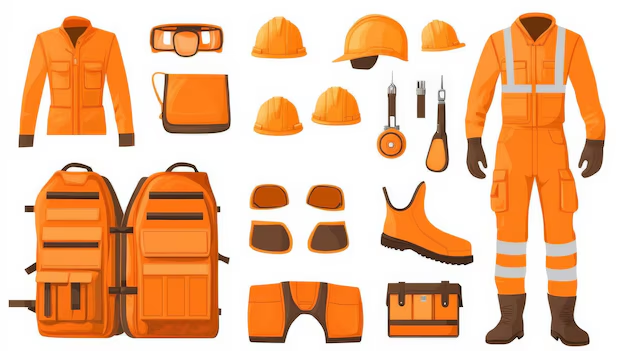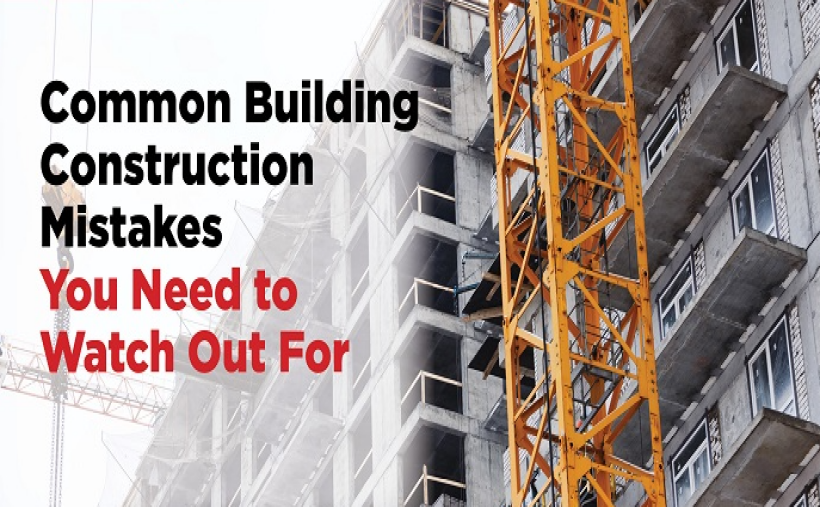Building a home can be an exciting journey, but it’s also a process that requires vigilance and commitment to safety at every stage. Construction sites can be hazardous environments for both workers and homeowners if safety protocols aren’t strictly followed. Here are 10 essential safety tips to ensure a safe construction process from start to finish.
Thorough Site Preparation
Safety begins with a well-prepared site. Conduct a comprehensive risk assessment to identify potential hazards, like uneven terrain, nearby power lines, or water sources that could pose dangers. Make sure to clear debris, level the ground where necessary, and mark boundaries and restricted zones to keep workers aware of the areas where they should tread carefully.
Secure Perimeters and Warning Signs
To ensure everyone on-site understands the areas they’re allowed to enter, establish clear boundaries with secure fencing and install appropriate signage. Mark high-risk zones, such as areas near heavy machinery or places where falling debris is a risk. Proper signage and perimeters also keep unauthorized individuals, including curious children or pets, away from potential hazards.
Provide Personal Protective Equipment (PPE)

Every worker should have the appropriate personal protective equipment (PPE) for their role. Basic PPE items include hard hats, safety goggles, gloves, reflective vests, and steel-toed boots. Make sure workers understand how to use and maintain their PPE, as well as when each piece of equipment is necessary, from respiratory protection for dust-filled areas to ear protection around loud machinery.
Training and Safety Briefings
Prior to the start of any project, conduct safety training sessions to ensure everyone understands the protocols and can recognize site hazards. Daily briefings at the start of each workday are also essential to update the team on current risks, changes in site conditions, or any new equipment that may require special handling. Continuous training and communication help reinforce a safety-first mindset.
Correct Use of Equipment
Heavy machinery and power tools are essential for construction, but improper use can lead to serious accidents. Only qualified personnel should operate heavy equipment, and everyone should be trained on the proper techniques for handling tools. Check all equipment regularly for signs of wear or malfunction and ensure it’s well-maintained. Make sure tools are always stored safely when not in use to avoid tripping or accidental use.
Proper Handling of Hazardous Materials
Many construction projects involve the use of hazardous materials, such as chemicals, adhesives, or asbestos. It’s vital that these materials are stored, labeled, and handled correctly. Educate workers on the risks associated with each material and the necessary precautions, such as ventilation, containment, and disposal procedures. Have spill kits on hand and ensure proper disposal of hazardous materials in line with local regulations.
Establish a Clear Emergency Plan
Every construction site needs a well-documented emergency response plan that covers scenarios like fires, severe weather, and medical emergencies. Identify evacuation routes, assembly points, and the location of first aid kits and fire extinguishers. Ensure that all workers know whom to contact and the steps to follow in an emergency to reduce confusion and enhance safety.
Regular Inspections and Hazard Monitoring
Even with all precautions in place, conditions on a construction site can change rapidly. Perform regular site inspections to identify and address new hazards, such as spills, damaged equipment, or structural instability. Assign a safety officer to conduct inspections and report findings so that everyone on-site is aware of new safety risks
Fall Prevention and Ladder Safety
Falls are one of the leading causes of injuries on construction sites. Equip workers with safety harnesses and secure scaffolding to prevent falls from heights. Properly secure ladders on level ground, and train workers on the safe use of ladders, including checking for stability and climbing carefully. Additionally, encourage workers to avoid leaning or overextending on ladders to maintain balance.
Promote a Culture of Safety
Perhaps the most critical aspect of construction safety is fostering a culture where safety comes first. Encourage workers to speak up if they notice a hazard, share safety reminders regularly, and reward adherence to safety protocols. Create an environment where every worker feels responsible for not only their safety but also the safety of those around them.
Safety is an ongoing commitment that requires constant vigilance and adaptation. By following these 10 essential tips, home builders can create a safer work environment that reduces the risk of accidents and ensures that everyone, from workers to homeowners, stays protected throughout the construction process.





2 Comments
ycjz12
“These safety tips are incredibly useful! It’s easy to overlook the importance of proper site preparation and equipment use, but those steps can make all the difference in keeping workers and homeowners safe. I especially appreciate the reminder about regular inspections—safety should always come first. Thanks for sharing these practical tips!”